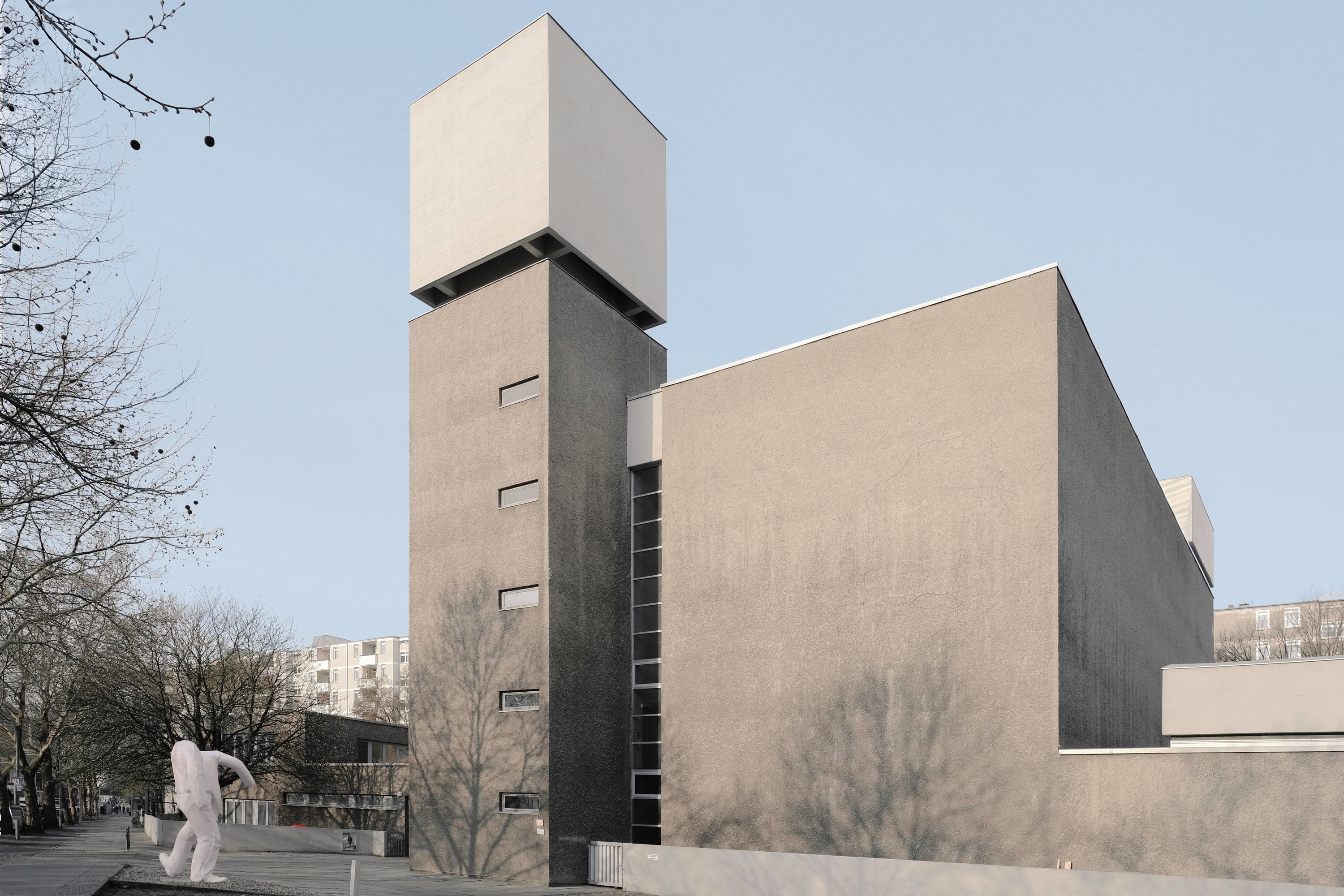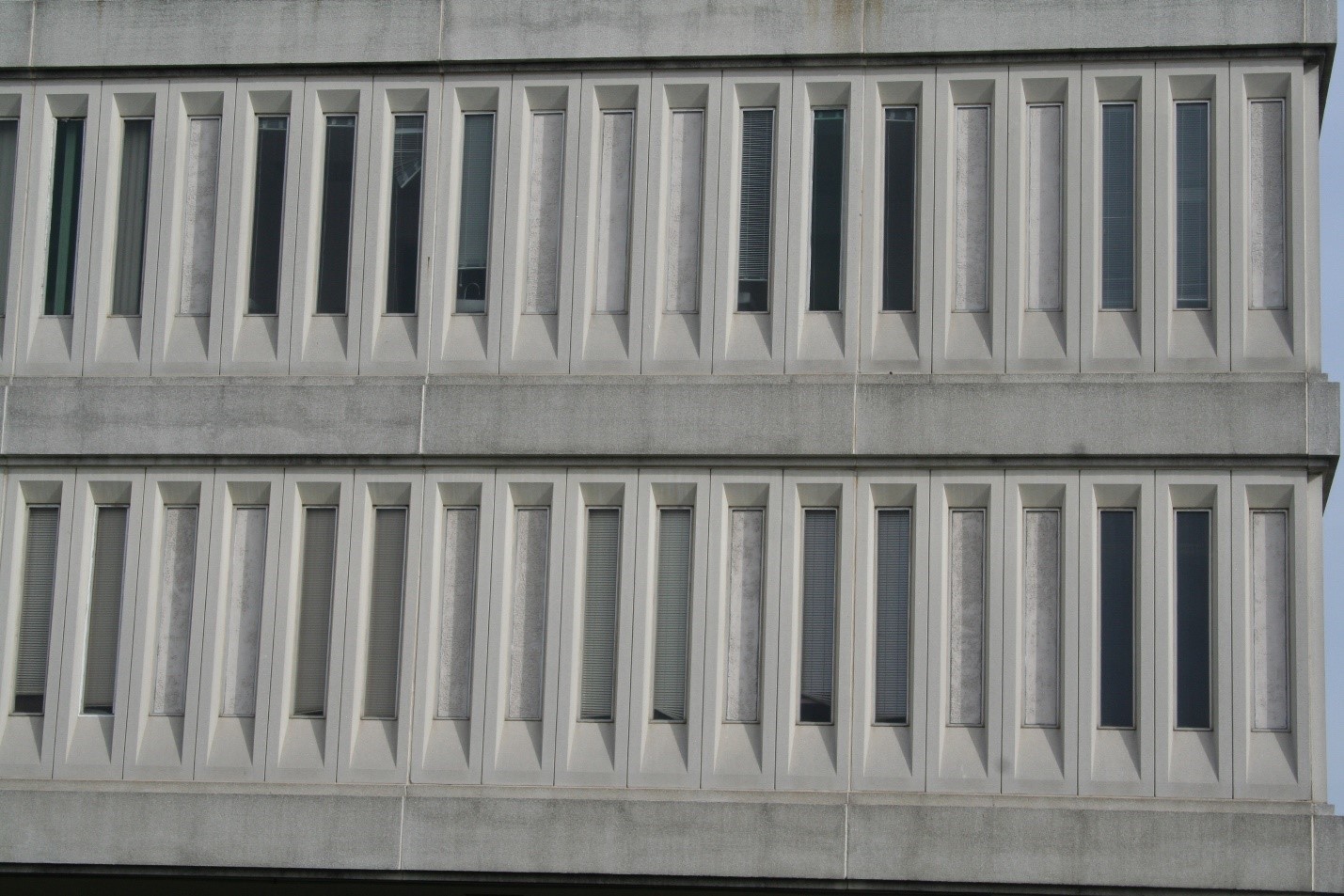Table Of Content

The visual style is inspiring a new movement of distinctive and impactful website design that sparks interest in users and allows brands to stand out from the crowd. One of the main characteristics of brutalist architecture is the use of a lot of concrete. Not only is this bathroom constructed from concrete, but even the counter protruding from the wall is built from concrete. In short, “brutalist” is an adjective used to describe individual buildings, while “Brutalism” is a term used to describe a broader architectural movement or style. Despite its austere and utilitarian appearance, graphic brutalist elements, like neobrutalism, of the design style have a strong visual impact and has had an influential impact on the field of graphic design.
The 24 Most Beautiful Brutalist Buildings in the World
As the name suggests, House of Concrete Experiments features sculptural concrete walls. Warm wood detailing offsets the grey hues, while the concrete floor has been inlaid with black stones to create an interesting pattern. The living room, looking out toward the front terrace, features a Branco e Preto sofa, an Ico Parisi cocktail table, two Alessandro Mendini sculptures, and an Ettore Sottsass lamp. Another Mario Schifano hangs next to the onyx green marble wall, which contains a subtle door to the stainless-steel-wrapped working kitchen. Our Mission at How to Rhino is to reach as many architects as possible and show them the true power of Rhinoceros3D and Grasshopper and how to use these tools in architecture.
What Is Brutalist Design? Here’s the Scoop on This Raw, Minimal Design Theme

While architecture moved on to 1980s and 1990s postmodernism and today's contemporary styles, "#brutalism" was rediscovered on social media. Interest in Brutalism is reviving, showing its influence in contemporary products and interior design, furniture, and objects. Cité Radieuse was a massive, unadorned reinforced concrete frame filled with modular apartment units designed by Modernist architect Le Corbusier for 1,600 people in 1952. It was a part of his Unité d'Habitation social housing project, likely the building that inspired the Brutalist movement. Brutalism refers to the architecture's material and construction rather than its appearance. The term—coined by Swedish architect Hans Asplund as "nybrutalism" and popularized by British architectural critic Reyner Banham in 1955—is not a reference to the arguably brutal nature of its appearance but a play on the French phrase for raw concrete, "béton brut.
Related Posts
It was also used for large buildings like The Economist Building in London. This building was made with a bold design by two architects named Smithsons in the 60s. The many external elements of this structure are made of brick or concrete cast in a variety of designs. They lock together like a jigsaw puzzle, with each piece representing the function of its interior.
What is brutalist architecture?
Another notable quality about this design choice is how individual sections are visually separated from each other—the background color is used as a section divider. “Brutalism” is the broader term that refers to the movement in architecture that emerged in the mid-20th century. Alas, Brutalism fell out of favor in the 1970s, when architects viewed it as too hard to remodel, but some structures are still revered today and are protected for their historical value.
Later Developments - After Brutalist Architecture
The heavy hand of God: Europe's brutalist churches – in pictures - The Guardian
The heavy hand of God: Europe's brutalist churches – in pictures.
Posted: Thu, 07 Mar 2024 08:00:00 GMT [source]
"This small unassuming church has an austere yet majestic beauty that defines how simple design and materials can create subtle elegance. "Traditional mediums of painting, craft, and sculpture, which once adorned medieval and baroque churches to elevate divine power and beauty, gave way to weightless abstract forms made possible by steel and reinforced concrete," he said. McGregor Smith claimed this was part of a trend after the second world war, which sought new styles separated from traditional architecture of the past. British architect John Pawson created this flat in London's Barbican building using his signature minimalist aesthetic. Inside, the interior has a mid-century modern feel, with gleaming wood parquet flooring and a glass PH table lamp by Danish designer Louis Poulsen decorating a side table.
Want a Better Society? Try Better Buildings. - The New York Times
Want a Better Society? Try Better Buildings..
Posted: Tue, 20 Feb 2024 08:00:00 GMT [source]
Known locally as the "glasshouse," the design of the Smithsons' Hunstanton Secondary Modern School emphasizes its long, rectangular, glass-glazed central structure, whose steel framework is visible even from a distance. Such features led architectural critics to use the term "New Brutalism" for the first time in describing the building. The rectangular structure includes two stories, with classrooms located on the first floor, and the interior design makes innovative use of staircase columns to access no more than three classrooms, minimizing the noise and disruption of student movement. The Smithsons saw Brutalism as "an ethic, not an aesthetic." They wanted to focus on an idea of functionality connected to the realities of ordinary life in the post-war era. The different exterior sections of this building are created with either brick or concrete cast in a number of patterns.
Brutalism is a utilitarian aesthetic movement that shuns decoration in favor of exposing and celebrating the raw materials used to construct the design. It largely had its heyday in the architecture of the 1950s to 1970s, but it has recently seen a resurgence in modern digital design. You'll likely find Brutalist-centric pieces at modern design companies like Room & Board, AllModern, and Schoolhouse (for lighting and hardware). Do a deep internet dive, however, and you may find design boutiques that center their aesthetic around concrete and other raw materials, like Forma & Cemento, or online resellers like 1stDibs. Archerd Aparejo is a graphic designer working on design for magazines, posters, websites and exhibitions.
Hunstanton Secondary Modern School (Norfolk, United Kingdom)
“In terms of color palettes and materials, I'd suggest keeping it simple and erring on the side of neutrals, especially grays,” says Reggev. As for color, Reggev suggests “only one or two very carefully considered pops of color.” Decorative elements should be kept to a minimum, but smaller furnishings are one way to add limited color. Or take inspiration from Brutalist icon Habitat67, Moshe Safdie’s modular housing structure built for the 1967 World Expo in Montreal. Greenery amidst the Brutalist angles softens the austerity, adds a pop of color, and matches the honesty of other incorporated materials.
Designed as a "neo-brutalist" house, Beton Brut in India has a number of dramatic features, including a skylit atrium that extends through the home. But if you’re thinking this apartment is a blatant homage to radical Italian design, think again. Cipelletti is a different kind of crazy, he insists, “my craziness is in compulsive obsession—it’s more severe; it’s about deleting things.” He likes to use the word millimetric to describe his work. Table surfaces are cut at 45-degree angles to give them a paper-thin appearance. Marble is book-matched on floors and walls to look like one large sheath.
It’s clear that he likes to bridge the physical with the digital world, and using a brutalist web style that highlights textures and material, Archerd finds a balance between the two in his personal website design. This approach led him to finding a unique navigation design—images of physical book covers serve as menu options, leading users to individual projects from his portfolio. Kid_Aroke’s site works as a personal artist website and portfolio for the artist and designer. His website was created using the early 2000s aesthetics—slightly blurred text on the left panel nicely paired with images on the pale yellow background. This simple design decision helps to convey the innate brutalist mood of the early days of the web.
Brutalism emerged particularly in England during the postwar reconstruction projects but soon spread to other countries. Architects like Le Corbusier were influential, especially his raw concrete housing projects like the Unité d’Habitation (1952), which revealed the imprint of the wooden concrete forms. Brutalism was a reaction against the lightness and decoration of 1930s modernism. Brutalism was frequently used for government, institutional, and residential buildings as its large, modular forms could be inexpensively constructed with bare concrete. High-rise housing projects provided needed urban housing but were sometimes seen as oppressive. Indeed, these neo-brutalist designers are avoiding the mistakes of the past by carefully selecting the aspects of the movement that translate well to the present day.
Joo Batista Vilanova Artigas, a São Paulo-based architect, formed the so-called Paulista School in the 1950s, a loose group of Brazilian architects all headquartered in the city who liked exposed concrete, hard edges, and massive scale. According to the architects, the Golden Lane complex was designed to comprise two apartment towers angled around a stress-free center zone, a tranquil green heart that all homes enjoy and can gaze at. His early concept for the Dom-Ino House (1915), an unbuilt prototype for post-World War I temporary dwellings, featured a concrete modular construction for which tenants could create their own external walls using materials stockpiled on site. He characterized it as “a juxtapose technique of building based on an endless number of plan combinations”. We haven't seen the last of Brutalism, says Pixel Design Collaborative cofounder Maria Gossett.
Sometimes what makes a design brutalist or not comes down to intention, but the heart-stopping emotion it elicits often remains the same. Despite its popularity, brutalism could ultimately never escape its association with totalitarian regimes. Because these heavy grey slabs were often used to construct institutional buildings, it made them feel even more impenetrable, colorless and imposing. It’s the 1940s, WWII has just ended, and many of the UK’s buildings lie scattered on the streets in smoking ruins.


No comments:
Post a Comment